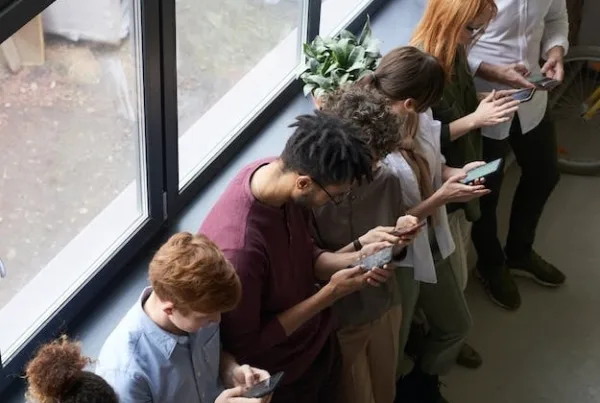Suicide rates in the United States continue to substantially rise, with the CDC citing suicide as the second-leading cause of death amongst 10 to 14-year-olds and 15 to 24-year-olds (1).
Sydney Aiello was a 19-year-old student who had survived a mass shooting at Parkland’s Marjory Stoneman Douglas High School in 2018. According to her family, she had recently been diagnosed with post-traumatic stress disorder and had also been battling survivor’s guilt.
Following her suicide, police confirmed that an unnamed current student had also passed away from an apparent suicide. In addition to this, Jeremy Richman, the father of a victim of the 2012 mass shooting in Newtown, Connecticut, has also reportedly died by suicide this past week.
As news of the deaths begins to spread, there is a growing concern about whether the media could unintentionally cause others to attempt suicide themselves.
PTSD and suicide
According to a study published in the Journal of Nervous and Mental Disease, traumatic events can increase one’s risk of suicide.
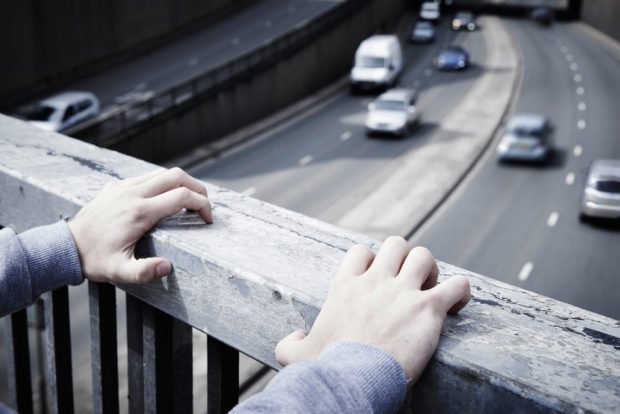
“Any type of traumatic event can lead to a “breakdown in coping skills,” particularly for young people who are going through periods of intense physical, mental and emotional change as it is” explained Maureen Brogan, a statewide coordinator for a New Jersey youth suicide prevention program, to Time.com, “Trauma can start to change your worldview, especially for young people. You start to see a little more anxiety, a little more of the depression — where, had there not been a trauma, they very well may have been able to manage it.”
Furthermore, past shared traumas amongst individuals may also contribute to the rate of suicide, as explained by Madelyn Gould, an epidemiologist at Columbia University, to Newsweek.com.
“The anniversary of Parkland shootings probably precipitated retraumatization for a number of different people,” said Gould. “If one suicide occurs, it can be a contributing factor to someone else’s suicide.”
Aside from exposure to suicidal thoughts and behavior amongst family members and peer groups, the media can also be held accountable for the manner in which they report on suicides.
For instance, following the suicide of beloved comedian Robin Williams in 2014, there was a 10% increase in recorded suicides nationwide (2).
So is suicide contagious?
With all the above facts considered, can we safely say that suicide is contagious? Not quite.
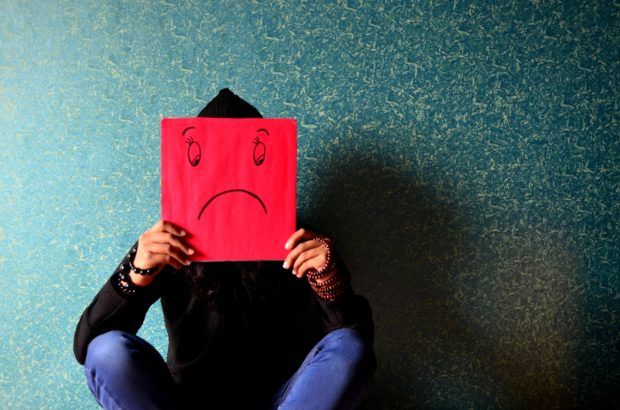
“We have even less research about suicide clusters and contagion. There’s just so little that we know.” April Foreman, a psychologist and board member of the American Association of Suicidology, told Bustle.com, “The experience of trauma increases your risk [for attempted suicide]. But most people who have trauma don’t go on to develop Post-Traumatic Stress Disorder (PTSD). Most people with PTSD don’t go on to be suicidal. Something more serious or more complicated is going on.”
Foreman urges us to remember that not everyone who suffers trauma will die by suicide. At the end of the day, suicide should always be treated as a health issue,
“The truth is if you’re exposed to suicide deaths and traumatic events like this, you have a lifetime risk factor [for suicide]” she explained, “What I’m going to tell other people who are survivors is, if you have this risk factor and you know it’s a chronic health condition, treat it like every other chronic health condition. Treat your risk factors for suicide as seriously as you would treat any other chronic health risk factor. And then take care of yourself today.”
Aside from traumatic events and PTSD, other risk factors for suicide include a history of depression and other forms of mental illness, suicidal thoughts, a history of substance abuse, physical disability, exposure to bullying behavior, and previous suicide attempts.
Curbing suicide contagion
“We have to remind everyone it’s not a foregone conclusion that you’re going to experience trauma and then all of this tragedy. That’s not the case. But in order to turn around, I think that communities will need to consult with experts, and leaders will have to treat mental health and suicide risks like the very serious public health crisis that it is,” explained Foreman to Bustle.
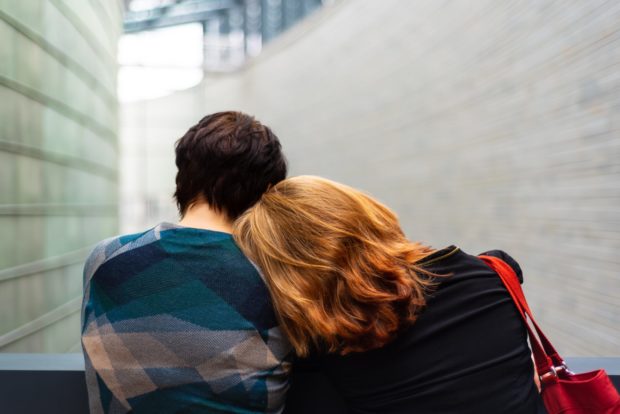
With rates of suicide rising, thankfully there exist ways in which communities and the media can minimize the risk of suicide contagion.
Media reporting
In regards to reporting on suicides, the media should ensure that, when reporting, they refrain from divulging detailed descriptions of the method used as well as glorifying the fact. They should also ensure that they do not cite recent negative life events as the reason for the suicide. Lastly, information on suicide hotlines and emergency contacts should always be provided.
Parents
In addressing suicide prevention, parents, caregivers, and educators should not shy away from discussing mental health issues and suicide with their children.
In times like this, it’s impossible that a young person will not have an opinion about trauma, depression, or suicide. That being said, when discussing these topics with them, it’s important to not use patronizing language. Additionally, the stigma surrounding mental health issues can make it difficult for young people to open up. In this case, adults can feel free to connect them to support groups and crisis hotlines if they feel it is necessary.
***
For our American readers, if you or someone you know needs help, please call 1-800-273-8255 for the National Suicide Prevention Lifeline or text 741741, or chat online at suicidepreventionlifeline.org.
Our South African readers can contact The South African Depression And Anxiety Group (SADAG) on 011 234 4837 whereas our UK readers can contact Samaritans on 116 123.


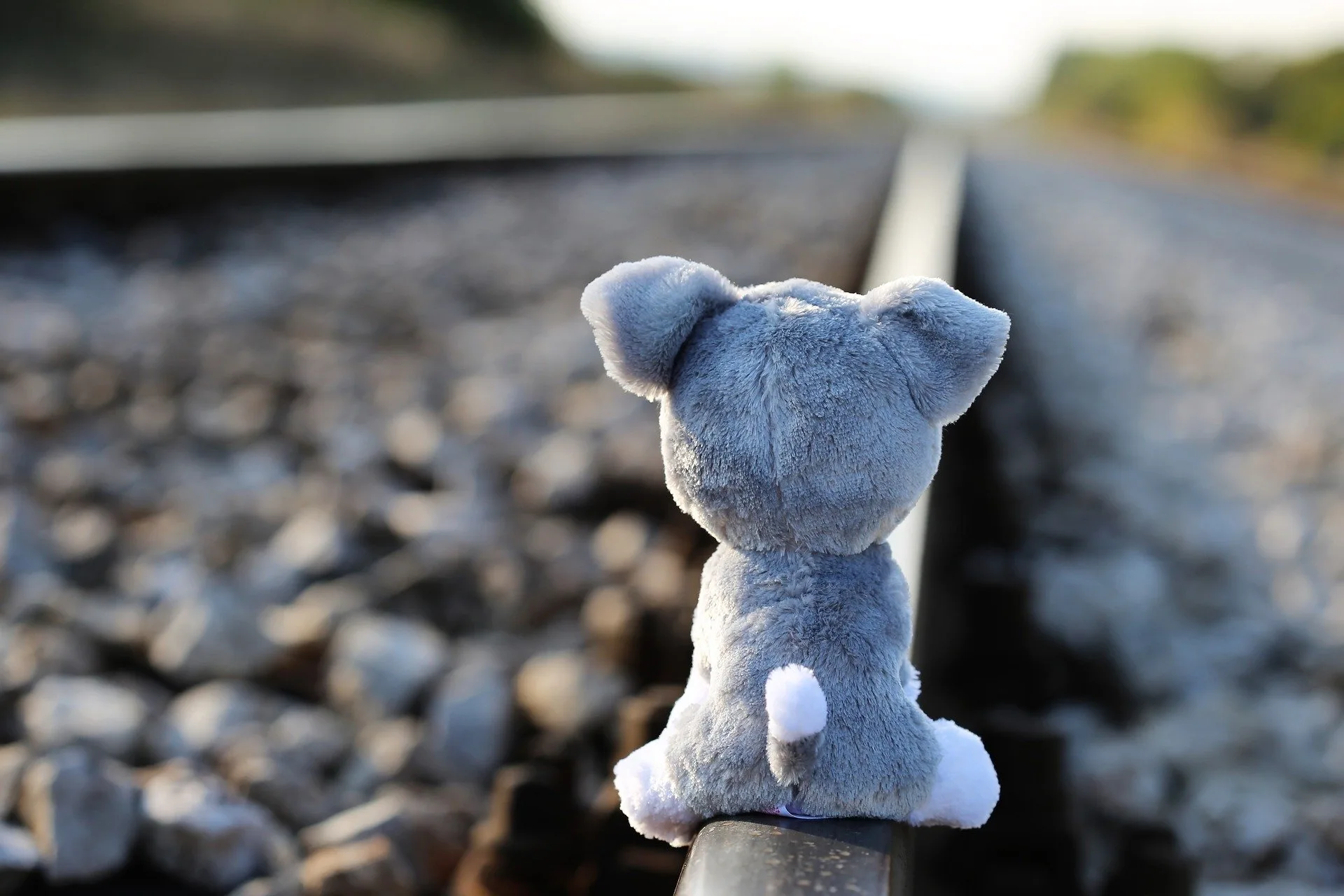


![women [longevity live]](https://longevitylive.com/wp-content/uploads/2020/01/photo-of-women-walking-down-the-street-1116984-100x100.jpg)





